
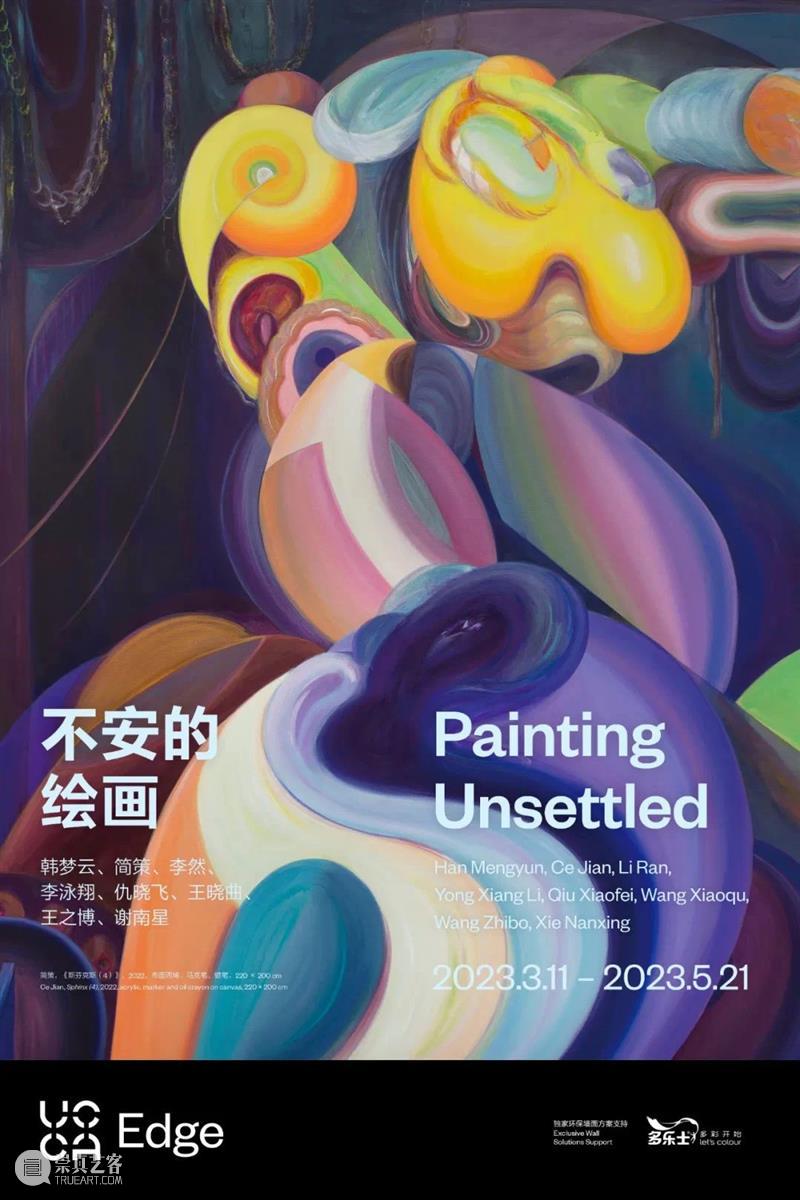
“不安的绘画”
Painting Unsettled
2023.03.11 - 05.21
策展人 Curator
栾诗璇(Luan Shixuan)
艺术家 Artists
韩梦云(Han Mengyun)、简策(Ce Jian)、李然(Li Ran)、李泳翔(Yong Xiang Li)、仇晓飞(Qiu Xiaofei)、王晓曲(Wang Xiaoqu)、王之博(Wang Zhibo)、谢南星(Xie Nanxing)
UCCA Edge
上海市静安区西藏北路88号盈凯文创广场2层
2F, No.88 North Xizang Rd, Jing'an District, Shanghai
Please Scroll Down for English
李然、王晓曲参加UCCA Edge群展“不安的绘画”,展览由栾诗璇策划,聚焦八位来自不同代际与教育背景的艺术家,藉由他们风格与技法各异的艺术实践,探讨绘画创作在当下信息割裂时代的更多可能性。
尽管摄影扼杀绘画的论断早已作古,然而新技术的发展与社会的变革却再次质疑绘画作为媒介的身份,并对其相关性提出诘问。随着去全球化、保守主义的反扑、图像生成技术的突飞猛进与网络媒体碎片式传播引发语境的坍塌,绘画要如何应对?展览试图为观众呈现绘画在此不安定状态下对媒介边界的不断延展,以及通过不同方式做出努力的优秀画家们。在UCCA Edge的三层展厅中,艺术家李然和王晓曲更为直接地关注绘画的“中国性”,他们的实践为当代绘画提供了崭新的视角。

李然,《脱了鞋就能即兴》,2020,布面油画,120 x 120 cm
Li Ran, He can jam with His Shoes Off, 2020, Oil on canvas, 120 x 120 cm
李然的创作则通常从中国近现代史的文献档案出发,选取民国时期的文学、电影、戏剧、漫画以及1950年代以来的舞台美术等资料作为灵感,通过绘画、影像、表演及装置在内的多种媒介,探索历史洪流中知识分子与其环境之间的冲突和角力,以及艺术史的书写路径与政治的交织等一系列他持续关注的议题。在李然的作品中,谜一样的人物、夏然而止的情节,以及难以名状的角色关系在舞台剧式的封闭背景中纷纷登场。他的一部分作品的灵感来自丁聪、丁悚、华君武等1930年代上海讽刺漫画家,除了形式语言上的影响,他更关注的是这些创作者的时代处境,以及当代人在重新审视这段历史时,对自身处境的反观与再现。通过不动声色的幽默与暗喻重重的构图,李然将扑朔迷离的现代历史线索、日常经历中的琐碎片段,以及身边友人的趣事隐藏在一个个“小知识分子”形象中:他们时而是《流浪儿》中断腿的流浪者,神情飘忽地挣扎于多层断裂的现实之间;时而是 《三天两夜等于72小时》中安逸的露营者,享受着精致而轻盈的户外装备;时而是《脱了鞋就能即兴》中苦闷的创作者,面对理性与感性的二元之争徘徊不前;或许也是展览里唯一的一幅非人物画《度过整个春天》中,那个看似缺席而又无处不在的主人公。

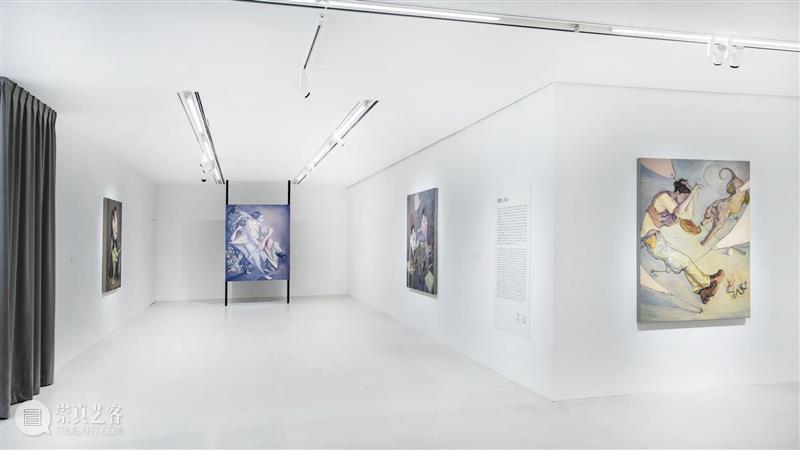
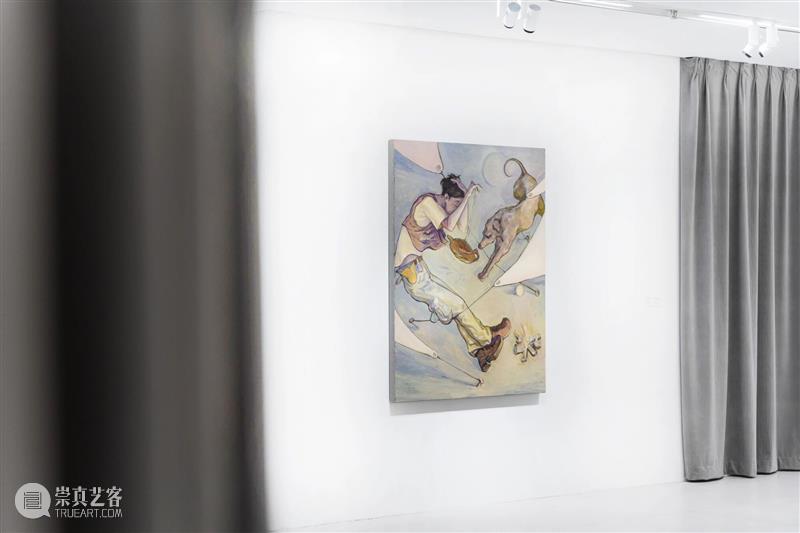
“不安的绘画”,展览现场,UCCA Edge,2023
“Painting Unsettled”, Installation View, UCCA Edge, 2023
王晓曲的绘画通常有着幻想式的构图和取材现实的内核,这在她的创作中形成了饶有趣味的表里关系。她通常从日常观察、新闻图片,以及网络上随手可得的肖像照片中获取视觉元素,将它们从原本的环境中抽离,通过荒诞地解构、变形再重组于画布之上。她笔下的人物形象虽然拥有丰富的日常索引,但更像是从记忆中延伸出来的诙谐“众生相”。在展出作品《奔马图》中,王晓曲将这幅以骏马奔驰展示男性气概的经典国画作为母题,结合常见的领导视察场景,幽默而又精准地捕捉到官僚集体照中的动作姿态,及其所流露出的精神状态。画面中的人物面孔有意违背传统肖像画的要求,用模糊的形象呈现,换之以肢体语言的放大,不仅强化了公共空间中身体姿态的社会化扮演,也突出了讽刺的效果。王晓曲往往以肖像的方式在画面中构建形象,却又在作画过程中通过笔触的冲突不停拆解这些形象,这在她近期以三色堇为对象创作的一系列作品中表现得尤为显著。在描绘花瓣时,王晓曲更多运用水性颜料,并以滴流的技巧处理花蕊的动感。然而在她的细腻描绘之下,错落排布的花朵似乎幻化成扭曲的面孔,紧盯着观众。表面上毫不相干的作品标题提示着画面中看似静物、实为肖像的表里游戏,同时也呼应了贯穿于王晓曲肖像创作中一直关注的“中国式集体照”背后的群体行为与集体心理。
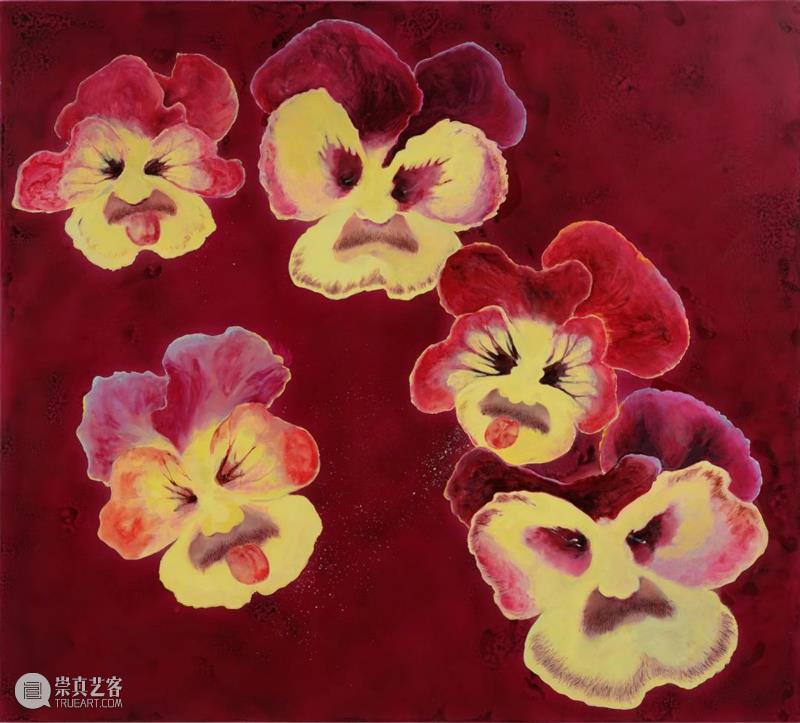
王晓曲,《星星》,2023,布面水彩,丙烯,180 × 200 cm
Wang Xiaoqu, Stars, 2023, Watercolor and acrylic on canvas, 180 × 200 cm
展览“不安的绘画”试图说明绘画作为媒介的不断延展,正源于其表面所处的不安定状态——所有可能取代绘画的新兴媒介最终却为绘画自身的发展提供了新的灵感,即使没有成为绘画的工具,也促进了绘画风格与主题的衍变。随着绘画变为一种“元媒介”:一切媒介都可以转化为绘画的媒介,一切技术都有可能转化为绘画的技术,绘画的发展也步入了全新的篇章,而去人类中心化的思考正在其中起到了关键的作用。展览已于2023年3月11日开幕,将持续至5月21日。
Wang Xiaoqu and Li Ran participate in the UCCA Edge group exhibition “Painting Unsettled”. The exhibition is curated by Luan Shixuan,bringing together eight artists from different generations and educational backgrounds, who work with different styles and techniques, exploring the possibilities offered by painting in the fractured information landscape of the present moment.
While the notion that photography would lead to painting’s obsolescence has long been disproven, new technologies and social changes are once again destabilizing the medium’s identity and questioning its relevance. In an age of parochial conservatism, incipient deglobalization, AI-generated art, and online echo bubbles, how is painting responding? “Painting Unsettled” presents viewers with an array of potential paths forward. On the third floor in UCCA Edge, Li Ran and Wang Xiaoqu bring fresh influences into contemporary painting, and focus more directly on Chinese identity.
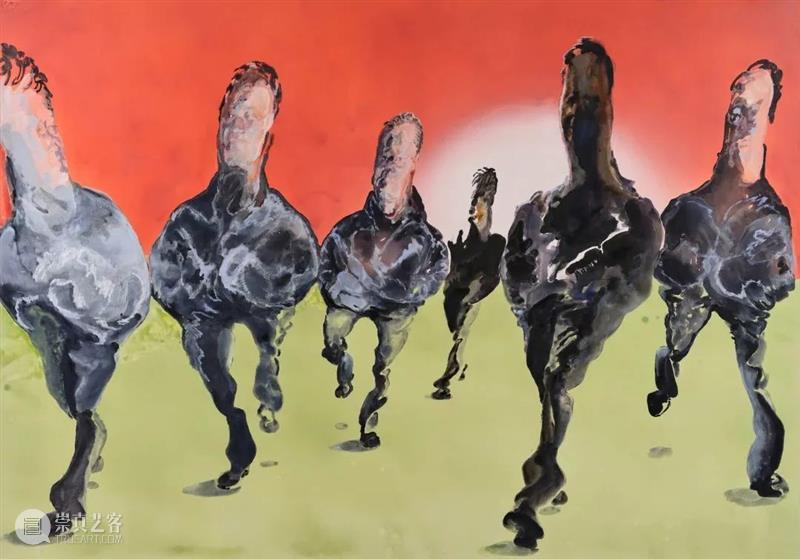
王晓曲,《奔马图》,2023,布面水彩,丙烯,200 × 285 cm
Wang Xiaoqu, Galloping Horses, 2023, Watercolor and acrylic on canvas, 200 × 285 cm
Li Ran often begins his work by searching for inspiration in the archives of Chinese's recent past, drawing upon materials including literature, films, drama, and comics from the Republican period, and works of theater design from the 1950s onwards. Li employs diverse media, such as painting, video, performance, and installation, to explore his longstanding interest in the struggles between intellectuals and their social environments across history, the entangled narratives of art history and politics, and other topics. In his work, enigmatic figures, inexplicable relationships, and disjointed plotlines appear in succession against stage-like, self-enclosed backdrops. Some of his artworks draw inspiration from Shanghai-based satirical cartoonists of the 1930s, including Ding Cong, Ding Song, and Hua Junwu. In addition to these artists’ formal languages, Li Ran is also interested in their historical context, and how re-examining the period may lead contemporary viewers to reflect upon their own circumstances. Through subdued humor and metaphoric compositions, Li hides complex threads of modern history, fragments of daily life, and anecdotes from his friends in these depictions of "bourgeois intellectuals." They range from the vagrant with a broken leg in Walf, who wavers erratically between multilayered, fractured contexts; to the comfortable camper in Three Days Plus Two Nights Equals 72 Hours, who enjoys quality, lightweight outdoor equipment; to the distressed intellectual in He Can Jam with His Shoes Off, whose mind seems to linger in the tension between rationality and emotion; and even to Spend the Whole Spring, the artist's only painting in the exhibition without a human figure, in which the protagonist is absent and yet also seems to be omnipresent.
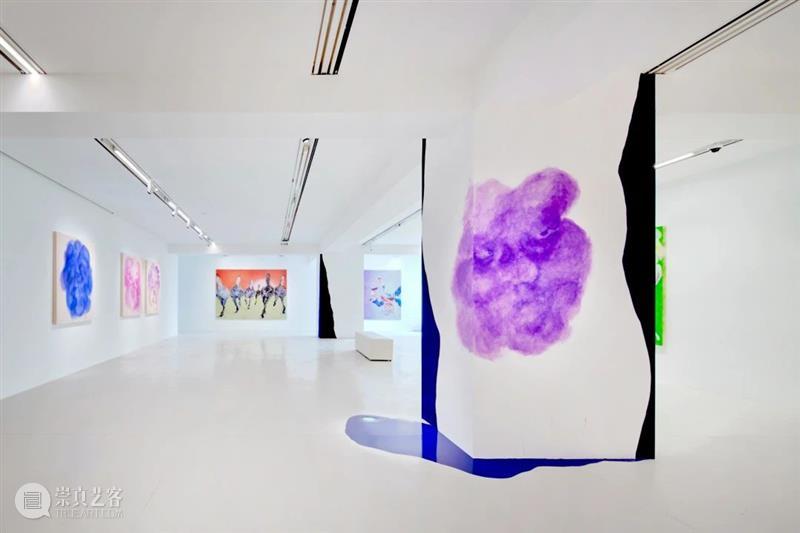
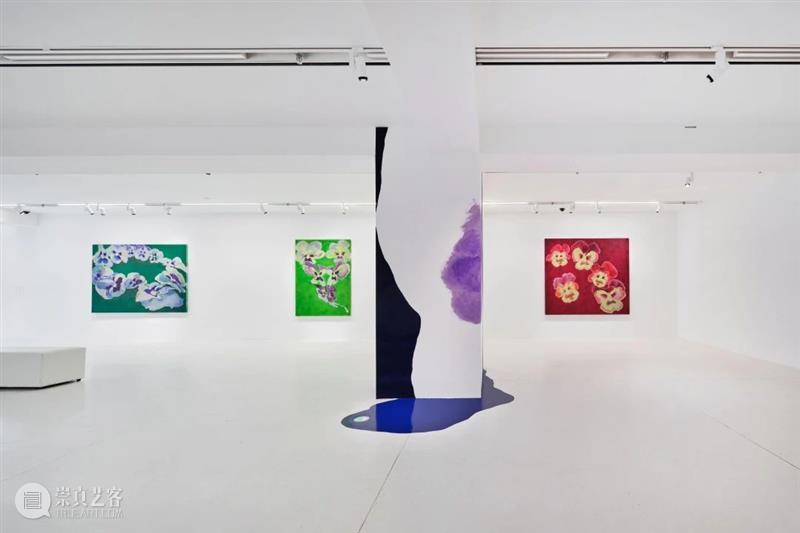
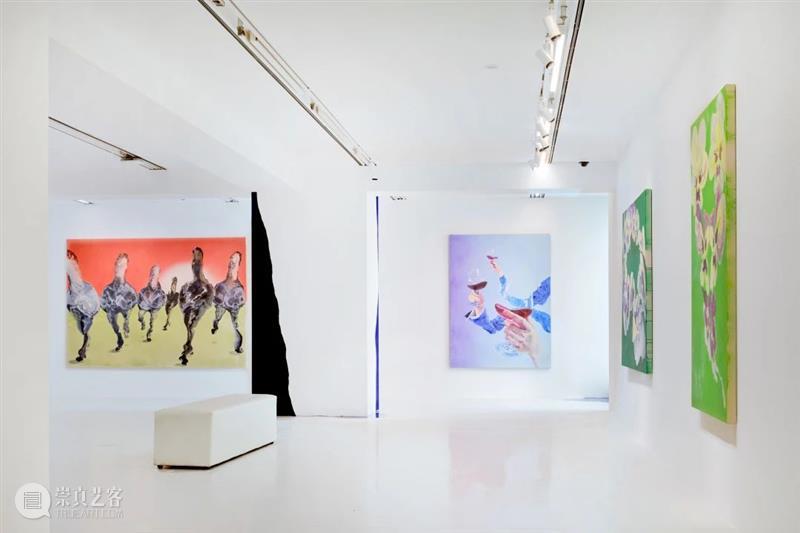
“不安的绘画”,展览现场,UCCA Edge,2023
“Painting Unsettled”, Installation View, UCCA Edge 2023
Reality is at the core of Wang Xiaoqu’s fantastical compositions, creating an interesting relationship between formal surface and thematic interior. She often appropriates visual elements from daily observations, news clips, and portrait photos online, which she then decontextualizes, deconstructs, and deforms in absurd ways before reassembling them on the canvas. Although the characters in her works bear recognizable traces of everyday life, they appear more like humorous, generic images, spun from memory. Galloping Horses, for example, combines the titular motif, which symbolizes masculinity in classical Chinese paintings, with a familiar scene of leaders on an inspection tour. Wang's depiction accurately and humorously captures the distinct gestures and postures of a bureaucratic group photo. Wang intentionally violates the norms of tradition al portraiture, blurring the subjects faces and magnifying body language to highlight the socially performative nature of bodies in public and amplify the painting's satirical effect. Wang often structures her compositions as portraits but gradually dismantles the figure with each conflicting brushstroke. This is particularly evident in her recent series of paintings of pansies. In these, Wang uses water-based paint and drip techniques to convey the dynamism of the flower petals. Despite her delicate portrayal, the flowers seem to mutate into distorted faces, staring at the viewer. The seemingly irrelevant titles of these paintings hint at their playful nature, portraits disguised as still lifes. At the same time, the series echoes the herd behavior and ideology behind the "Chinese-style group photos" that Wang Xiaoqu examines in her portraiture.
“Painting Unsettled” posits that painting’s durability as a medium is precisely due to its ostensible instability—any new medium that threatens to replace it eventually becomes a new inspiration, shaping its style and subjects, if not necessarily the tools used to make it. As painting becomes a “meta-medium” capable of absorbing techniques from all others, its discourses have entered a new chapter, informed by a growing awareness of non-human subjectivities and intelligences. Gesturing towards these emerging concerns, the eight artists in “Painting Unsettled” mix traditions, high and low culture, and varied techniques and temporalities to break new ground. The exhibition opened on 11 March 2023 and will last until 21 May.
关于艺术家
ABOUT THE ARTISTS
李然 Li Ran
王晓曲 Wang Xiaoqu
相关阅读
FOR MORE READINGS
UCCA Edge展览现场|在难以把握的现实中,编织“不安的绘画”
正在展出
CURRENT EXHIBITION
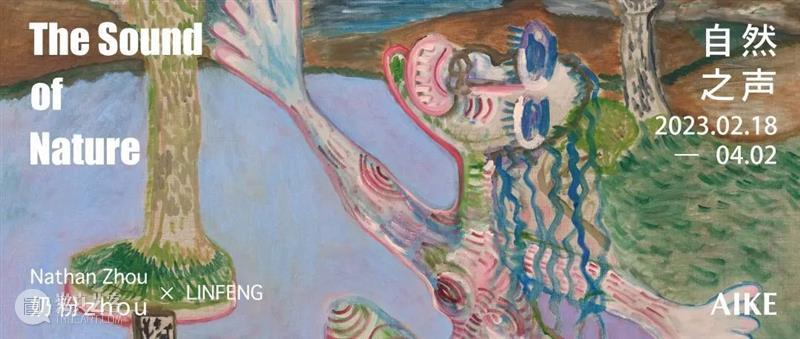
奶粉zhou Nathan Zhou
“自然之声”
"The Sound of Nature"
2023.02.18 - 04.02
每周二至周六 Tue - Sat,10:00 - 18:00
AIKE,上海市徐汇区龙腾大道2555号6号楼
Bldg 6, 2555 Longteng Avenue, Shanghai, China
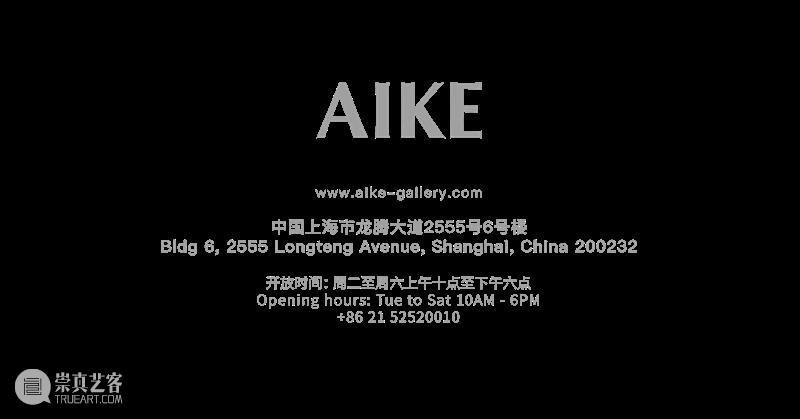
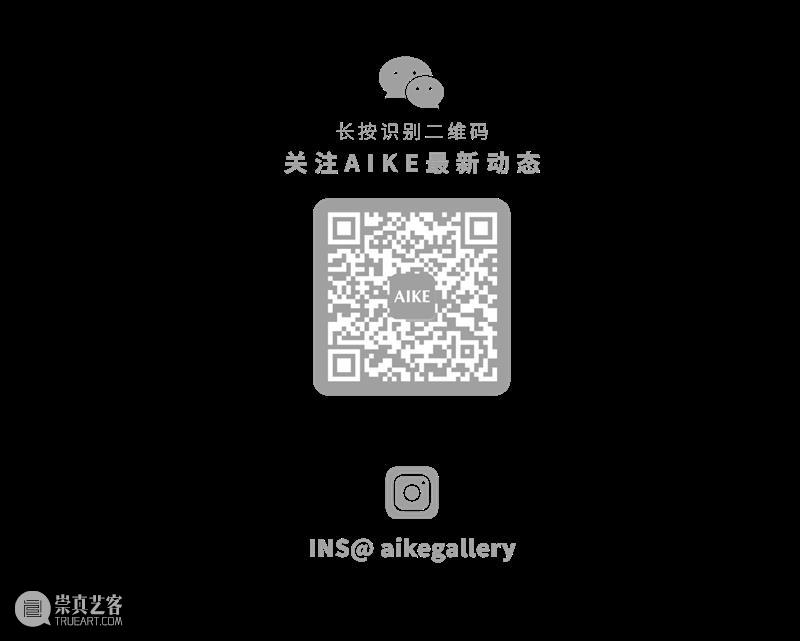


已展示全部
更多功能等你开启...



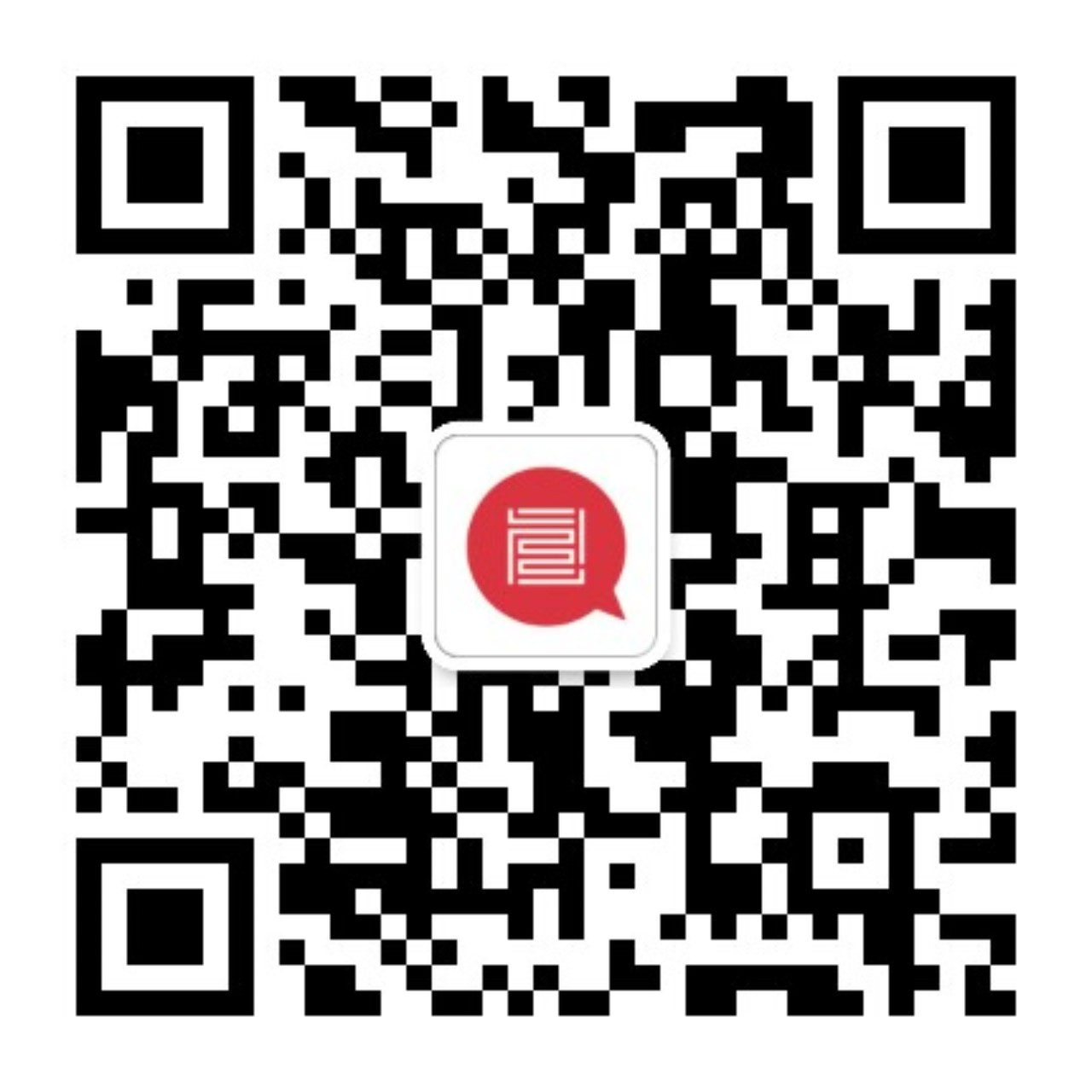

 分享
分享